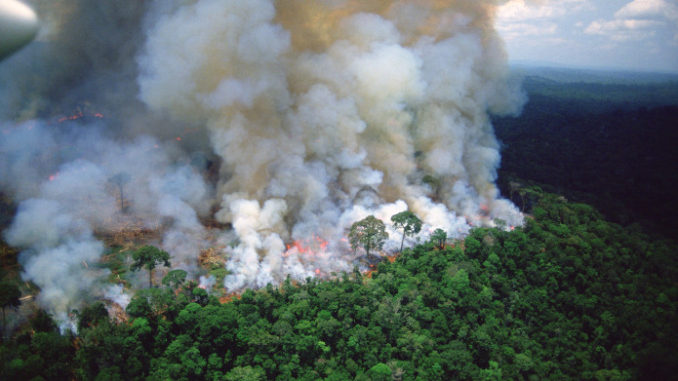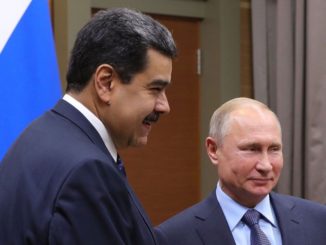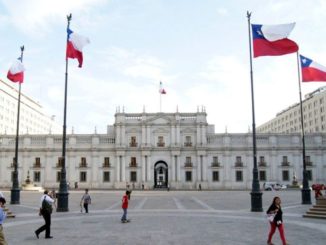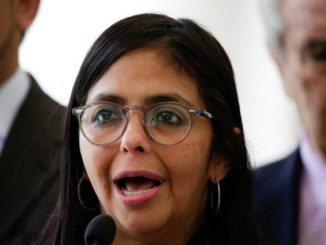
PITAMBER KAUSHIK
Unless you have been living under a rock, you would have definitely come across one of the stock headlines or earnest tweets about “The Earth’s lungs burning”, or some convenient alternative paraphrasing of the same. “Earth’s burning lungs: On Amazon’s rainforest fire”, read Indian newspaper The Hindu’s editorial. “Our Lungs are on Fire”, a BBC Newsnight episode is cynically titled. Everyone from French President Emmanuel Macron to celebrities as Ronaldo, Madonna and Jaden Smith have been echoing the same sentiment, with the latter three misattributing photos of old fires to the current situation unfolding in the rainforest. But when the likes of professional biologist and seasoned columnist James Wong endorse this moniker, by tweeting “20 percent of the oxygen in your lungs right now was produced by the Amazon rainforest. It’s been on fire for three weeks.”, how can it possibly be invalid?
The catch is that the Amazon rainforests do produce about 20% of the land’s oxygen production, but end up consuming most of it. Moreover, the terrestrial photosynthesis is dwarfed by marine photosynthesis. Rainforests account for 20-25% of all land photosynthesis and the Amazon alone comprise about 16%. Phytoplankton are minuscule photosynthetic organisms found in the oceans in giant clusters and swarms, who fix carbon-dioxide in presence of light to derive their nutrition and release oxygen as a byproduct, just like plants. They have done so for a couple billion years and it’s the legacy of their successive generations that we breathe, given that the current carbon dioxide presence in the air is a meager 0.3%, not remotely enough to account for the 21% oxygen in the atmosphere, given how photosynthesis has a one-to-one coefficient correspondence between the two gases.
The Amazon is a lush, luxuriant forest. Plants do convert carbon dioxide to oxygen but like most other organisms they consume oxygen to perform their other life processes. In a rainforest, a host of organisms from teeming microbial colonies to fungal patches and the flora and fauna all respire, consuming vast amounts of oxygen. Hence, the forest acts as the sink for its own oxygen.
At any rate, the oxygen level currently in the atmosphere will comfortably sustain us for at least hundreds of thousands of years. The Amazon’s gross oxygen production, in fact, accounts for a mere 6-9% of the net total oxygen genesis (overall contribution) on Earth.
The reaction provoked however, is revelatory of a crucial aspect of human nature – we only take charge when our immediate existence is threatened. Unless our very sustenance is imperilled, we do not bother about the consequences of our action. The fact that the obliteration of the Amazon won’t endanger the very air we breathe should in no way deter us from preventing it. Forests bind the soil, prevent desertification, regulate the water cycle via transpiration and moisture regulation, moderate the weather and mitigate climate change. It would be more apt to label the Amazon’s with the sobriquet of “Climate Control of South America”. The aesthetic and hereditary value of the Amazon should be ample enough incentive for us to act with immediacy and urgency. Countless species, the world’s largest biodiversity bastion, vibrant and rich-cultured indigenous communities, and a mesmerising water-system, the Amazon is a treasure-trove of biogeographical and anthropic diversity, heritage and resource. Conservation is not an acute act, impelled by hysteria, but rather an ongoing, continual, diligent initiative.



